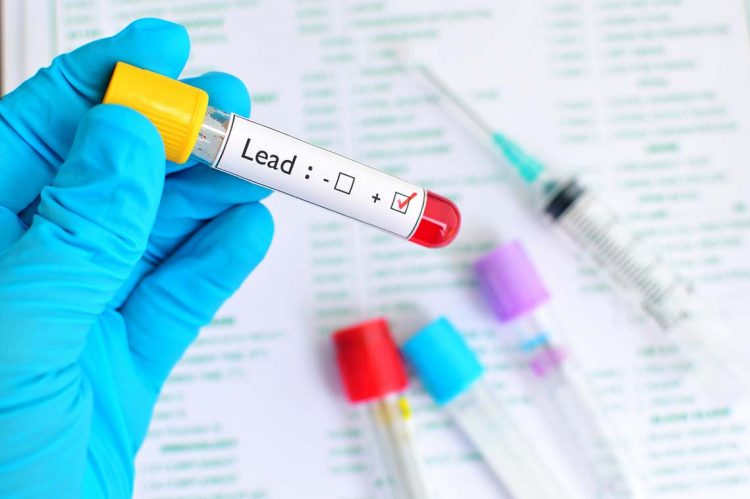The U.S. Department of Housing and Urban Development (HUD) recently hosted a conversation about how to solve the nation’s lead poisoning crisis, featuring Secretary Marcia L. Fudge with guest Cleveland Clinic President and CEO Dr. Tom Mihaljevic.
The pair discussed the importance of raising awareness of the harmful, long-term effects of lead exposure to children, and how it disproportionally affects underserved and communities of color.
“We’re doing our part to make sure that we put people in safer places, and you will find over time, we can show that children that live in HUD properties or those associated with HUD have lower levels because of our inspections and because of our demanding that these issues are taken care of as quickly as possible,” said HUD Secretary Marcia L. Fudge in a statement. “We know that this problem, in particular, is a racial equity issue. We know that it affects Black and brown people and poor people so severely that if we don’t raise our voices, no one will. It is so isolated. But as you said, it is also so urgent. We cannot afford to lose thousands and thousands of young people to something that we can stop.”
This year, for the first time, HUD’s Office of Lead Hazard Control and Healthy Homes (OLHCHH) provided $450 million in funding for programs that assess and remediate lead-based paint and other housing-related health hazards, allowing individuals to make safety and functional home modifications and repairs that meet the needs of low-income elderly homeowners; to develop new ways to identify and control residential health hazards; and to mitigate health and safety hazards and improve energy efficiency and comfort. This will also allow jurisdictions to mitigate the impacts of unhealthy housing, preserve affordable housing, enable seniors to stay in their homes, and ensure future generations can reach their full potential, according to HUD.
“What I believe that needs to happen first and foremost is to raise awareness,” said Dr. Tom Mihaljevic in a statement. “We’re seeing hundreds of thousands of children in the most disadvantageous communities being essentially deprived of the opportunity to lead a normal and productive life by no fault of their own. We have to recognize that we as a country cannot stand for that. Raising an awareness that this is a problem that we know we can take care of, that this is a problem that this is important, is the first and probably most important step that we need to make.”
Today, about 3.3 million U.S. families with a child under the age of six live in a home with one or more conditions that can expose their child to lead-based paint hazards. Of these homes, about 2.1 million are low income. These efforts and funding will help make housing units lead-safe and will shift efforts to identify and eliminate lead hazards before a child is exposed to them.
To watch the full conversation, click here.












